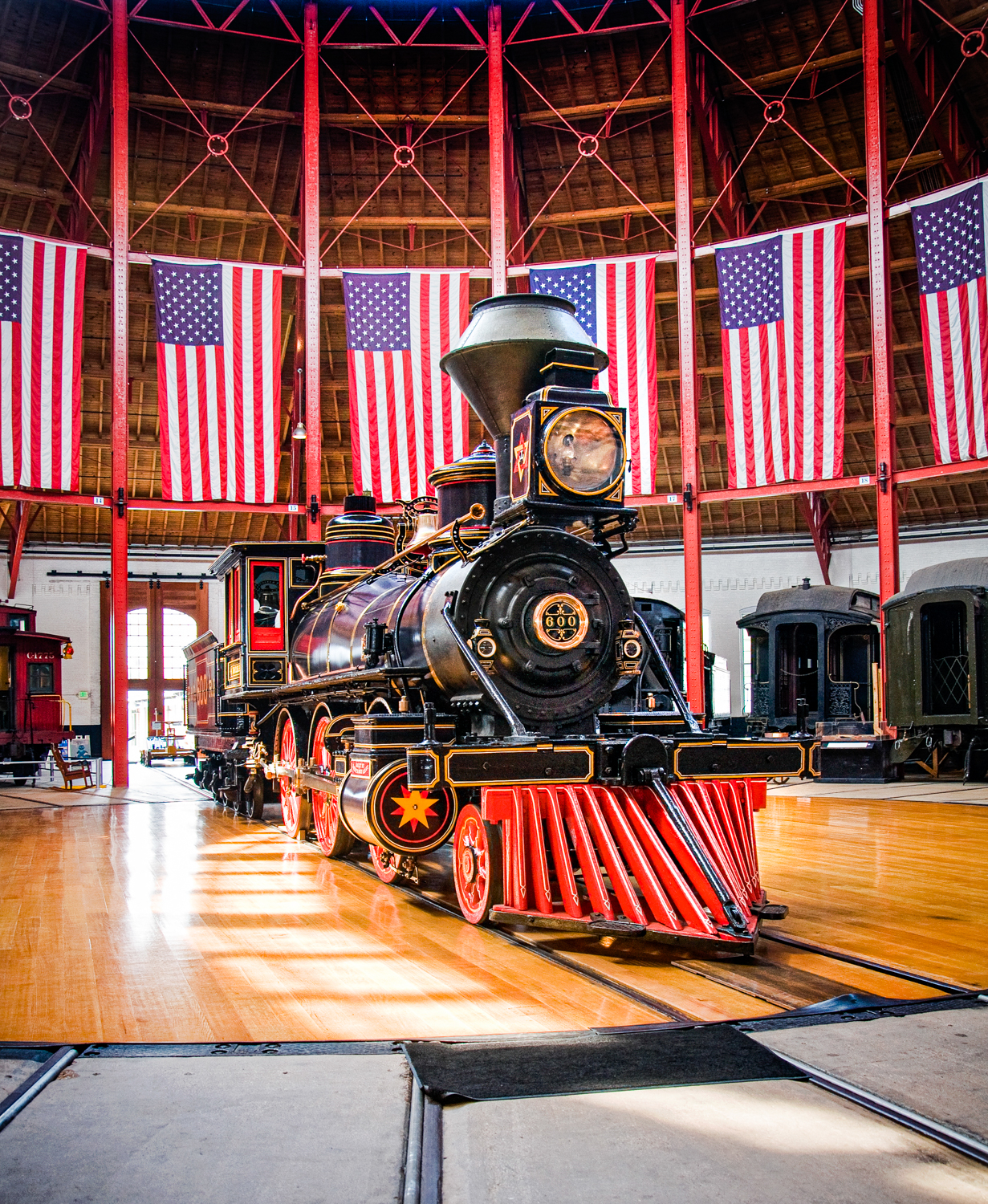Quick Facts
| Name | "J.C. Davis" |
|---|---|
| Manufacture Date | 1875 |
| Railroad Of Record | Baltimore & Ohio Railroad |
| Manufacturer | J.C. Davis; B&O Railroad |
| Rolling Stock Type | Steam Locomotive |
Description
Shortly after the American Civil War, the United States entered a period of rapid economic expansion known as the Gilded Age. It was during this growth period that the railroad established itself as the country’s largest industry. Unregulated business practices enabled investors and businessmen to accumulate unprecedented amounts of wealth.
As the industry continued to expand, new locomotive technologies emerged. In 1875, B&O Master of Machinery John C. Davis unveiled B&O No. 600, a revolutionary 2-6-0 “Mogul” type locomotive. At the time, it was the largest locomotive ever produced. The unit’s “Mogul” nickname was an allusion to the power and success of the railroad industry. Though the No. 600 was not the first Mogul ever produced, it was the first 2-6-0 type locomotives intended for passenger services.
For most of its life, the No. 600 carried passengers and parcels through the mountainous Third Division between Keyser to Grafton, WV. Though Davis had shown the railroad industry that a 2-6-0 type locomotive could effectively pull a 117-ton express train, the No. 600 design was never precisely replicated. A slightly altered version of the Davis Mogul design became popular at the turn of the 20th century. Over 1,000 improved units were sold, and they were primarily used for freight services. Before the 2-6-0 design could become a true icon of the railroad, Moguls were superseded by the larger 2-8-0 locomotives.
In 1876, the state-of-the-art No. 600 was presented at Centennial Exposition in Philadelphia, where it was awarded a prize for its attractive design and color scheme. Today, the Mogul is one of only two surviving locomotives from that 1876 exposition. When the B&O renumbered its entire roster in 1884, the No. 600 became the No. 918. Following its retirement from passenger service in 1893, the beautifully crafted engine was proudly displayed at several fairs, including the 1893 World’s Columbian Exposition in Chicago and the 1904 Louisiana Purchase Exposition in St. Louis. The No. 918 did not receive its current “J.C. Davis” name until 1927, when it was presented at the Fair of the Iron Horse.
In 2003, the Mt. Clare Roundhouse roof collapsed, and the J.C. Davis sustained more damage than any other locomotive in the B&O collection. 10 years after the disaster, the engine was fully restored to its former glory.
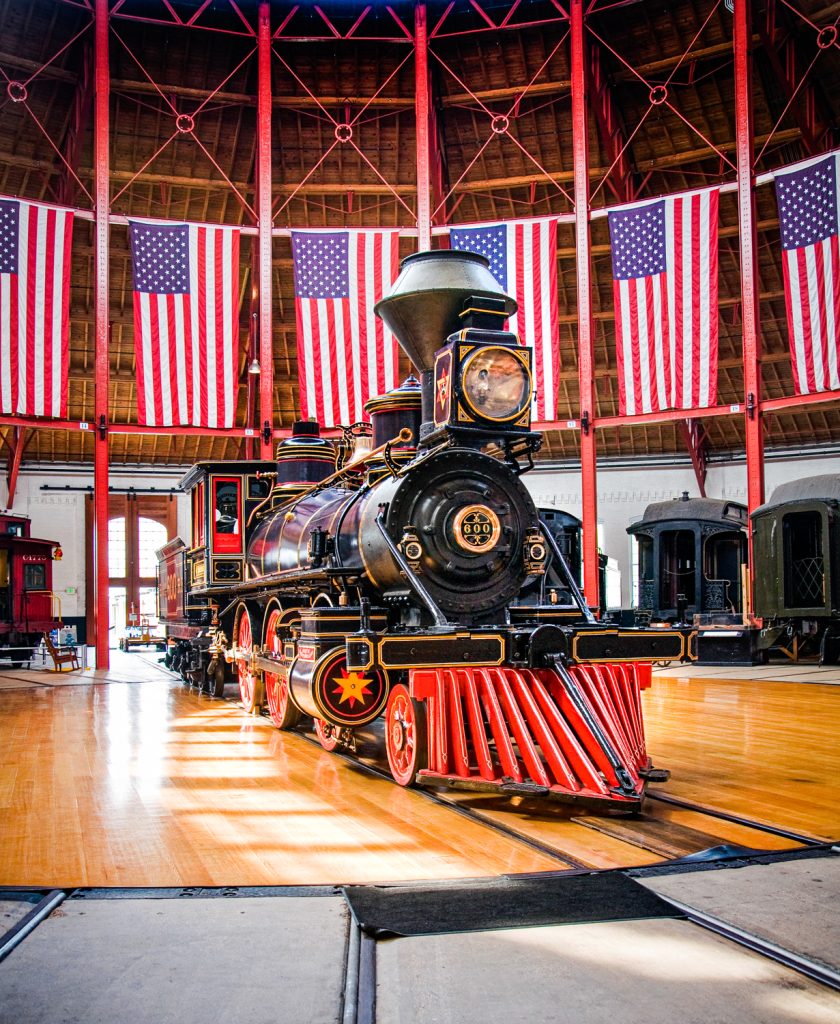
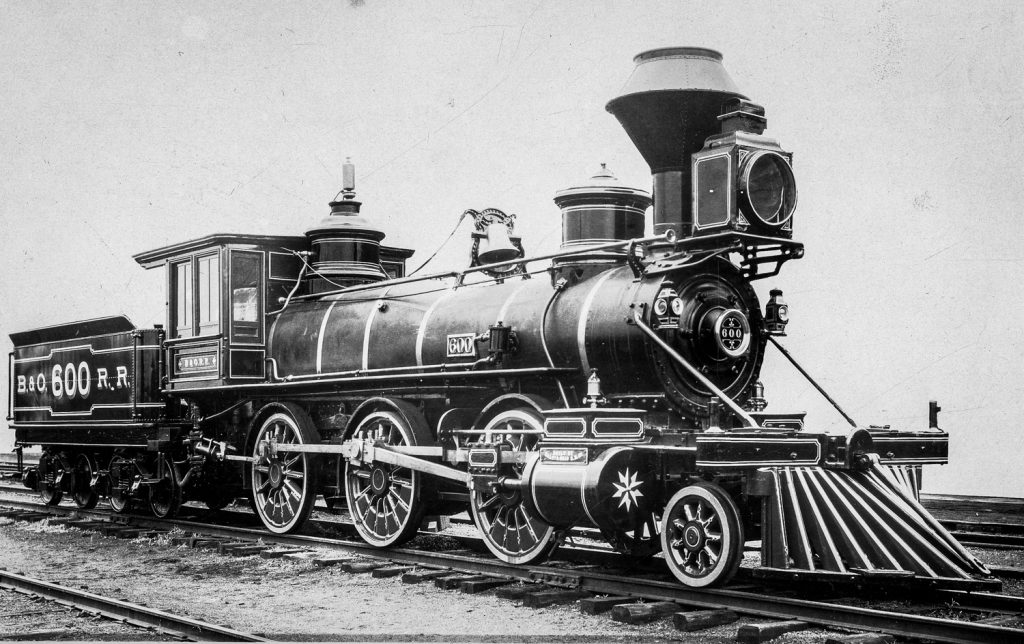
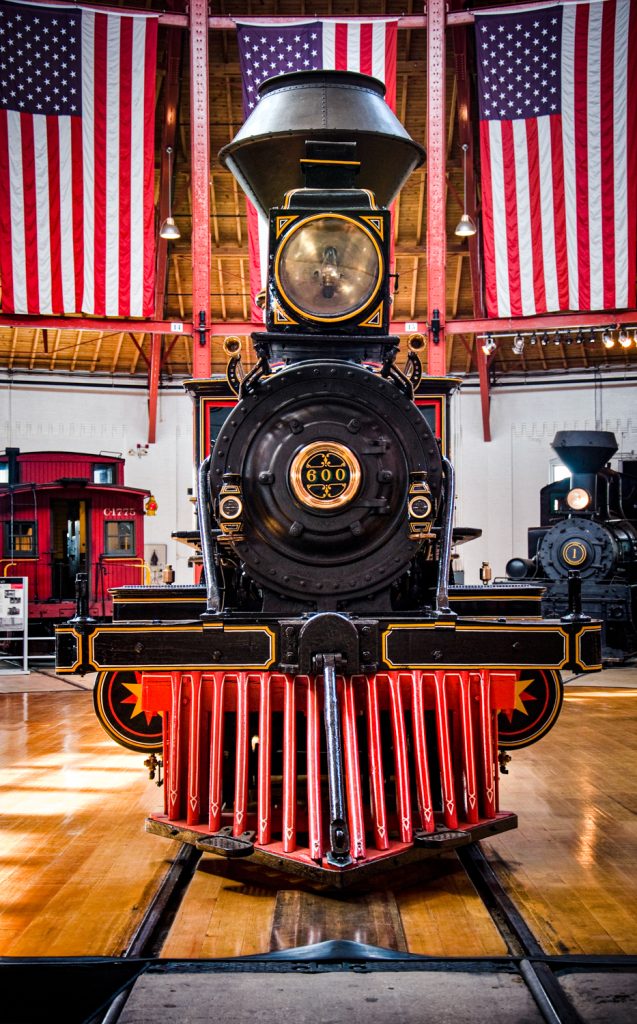
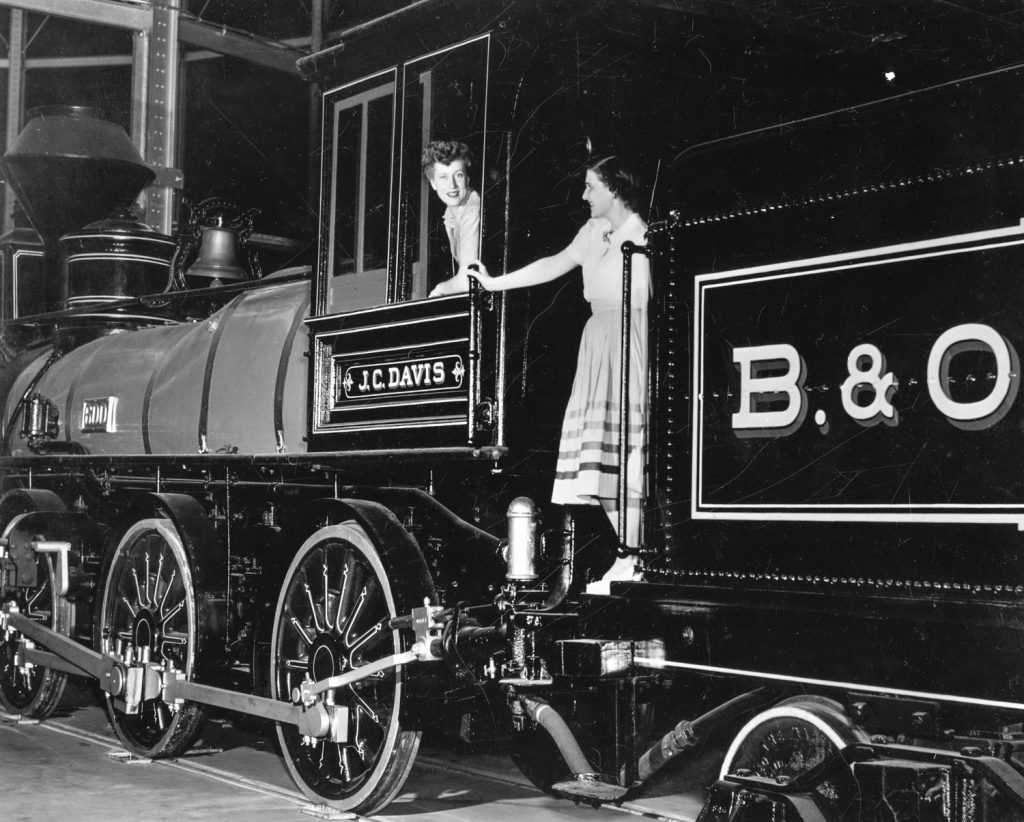
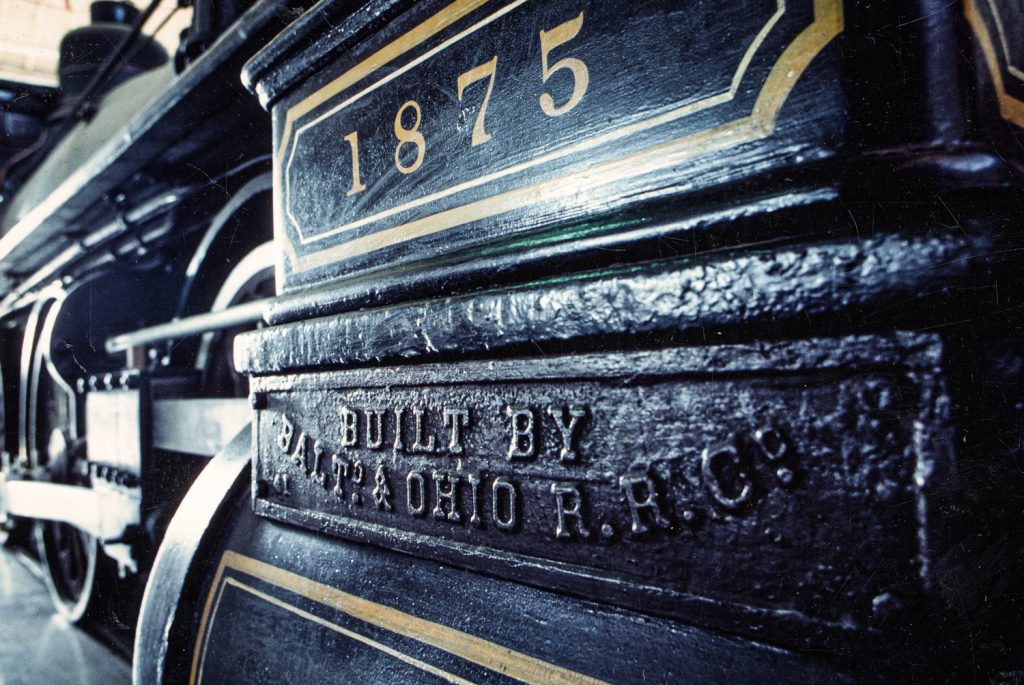
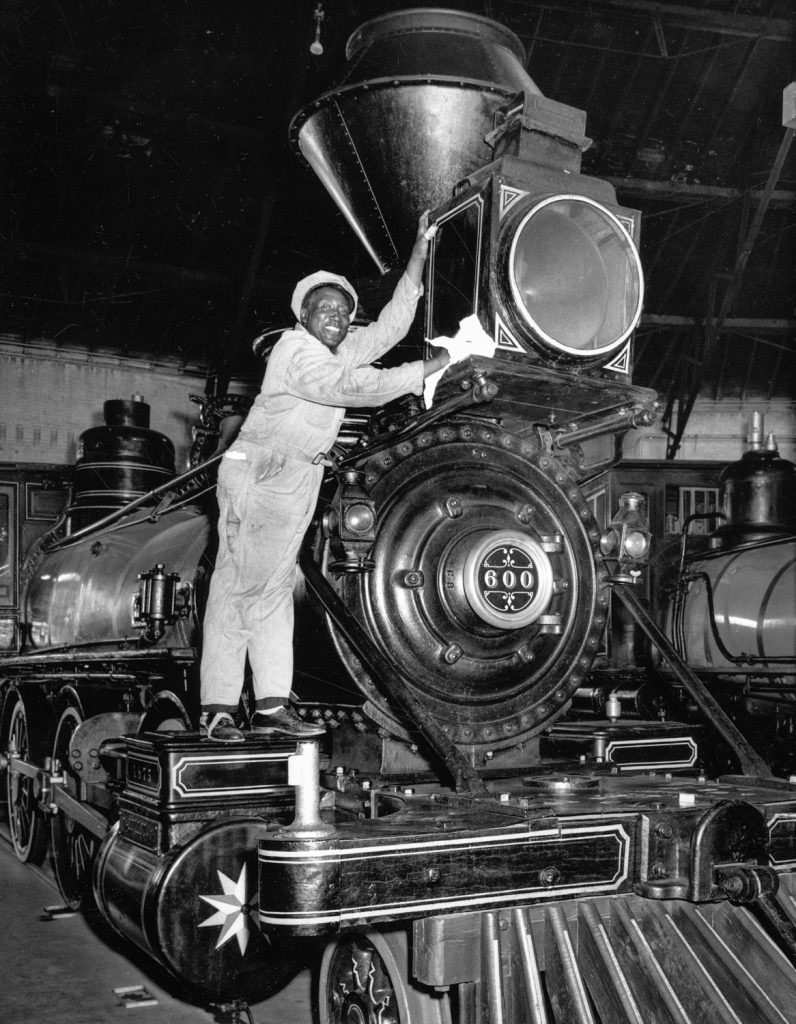
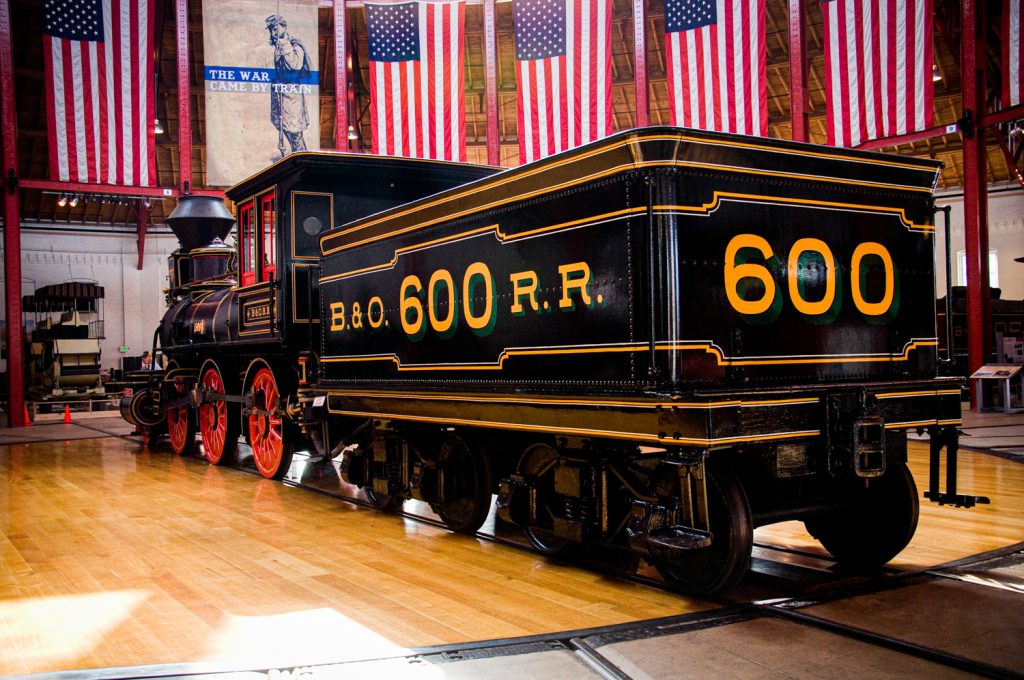
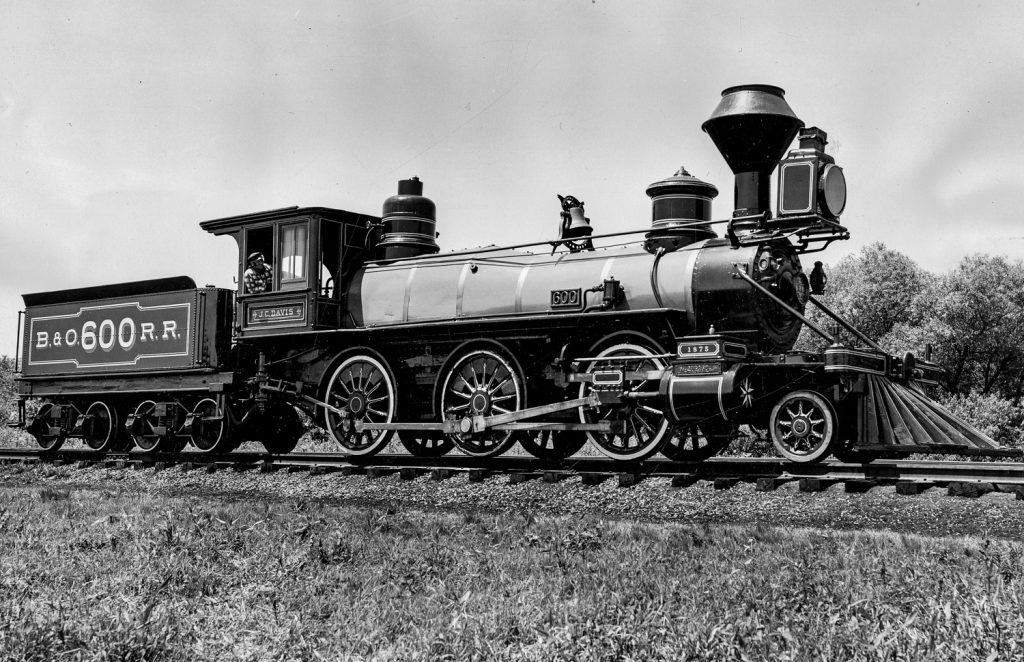
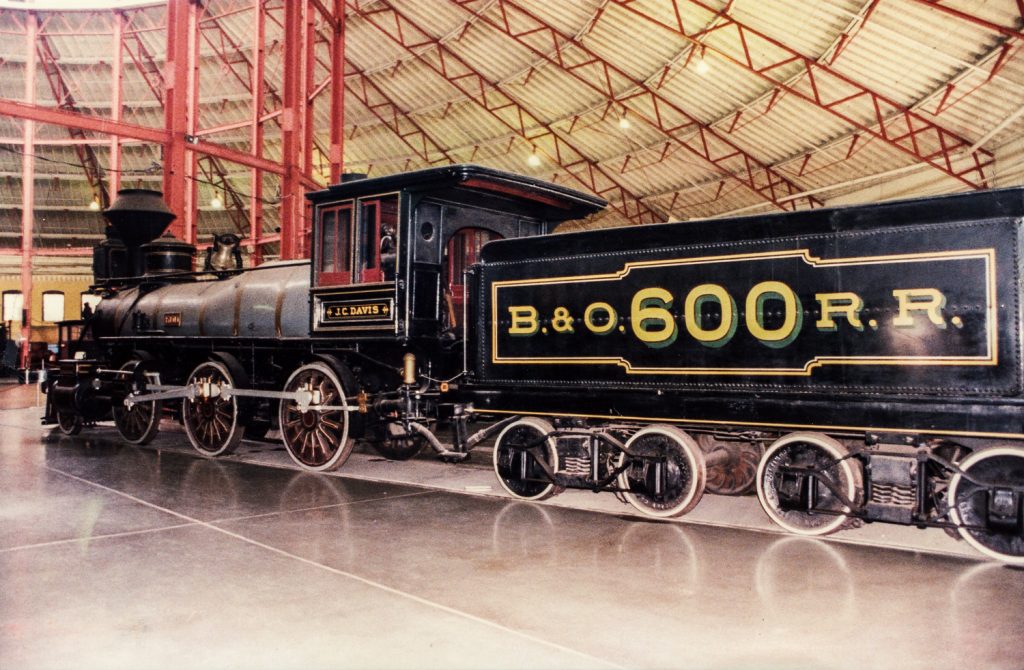
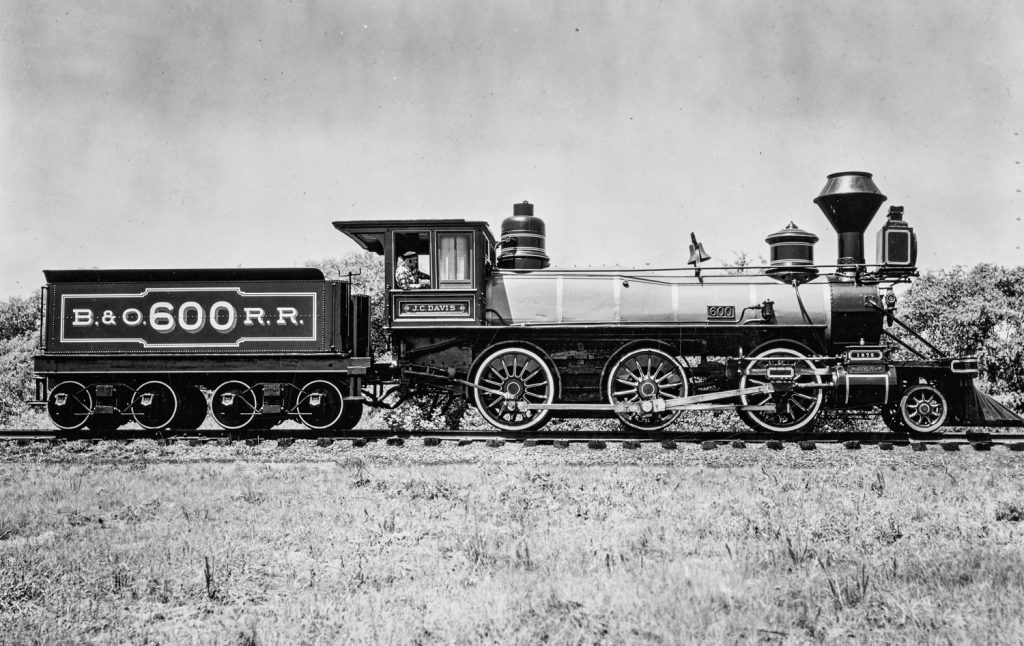
Can't Get Enough?
There’s even more to explore. Check out this and other unique pieces from our collection.
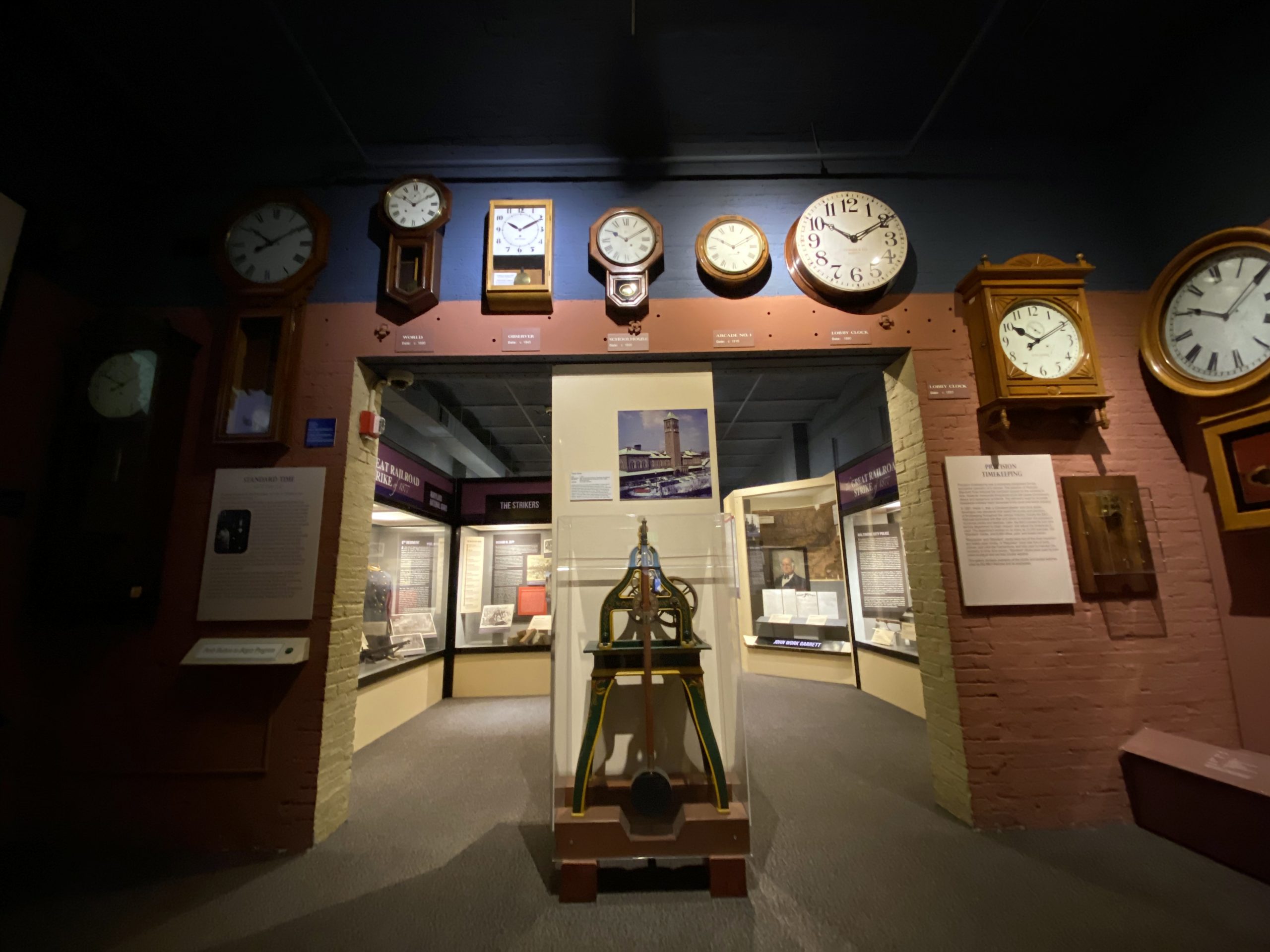
Did You Know?
Railroads made possible the standardization of time in the United States.

